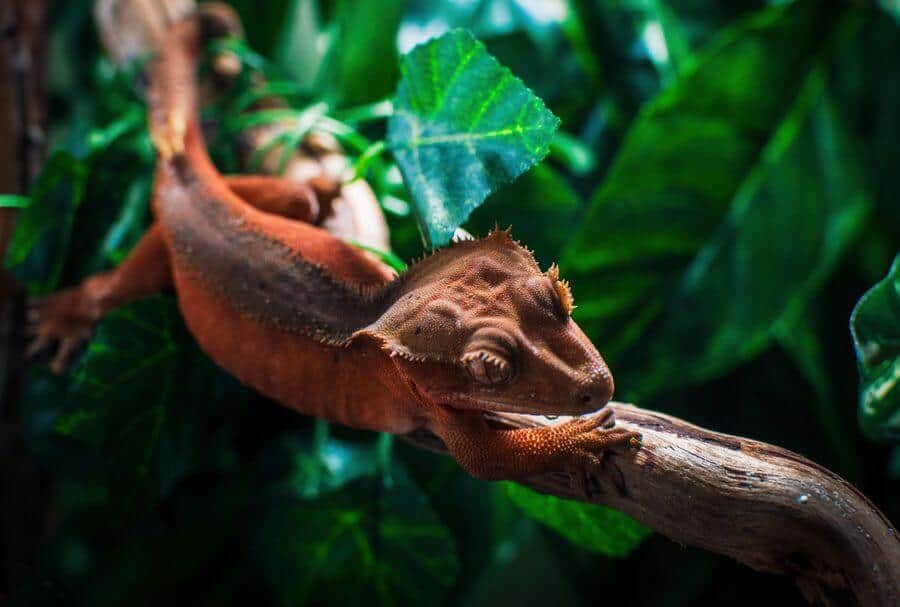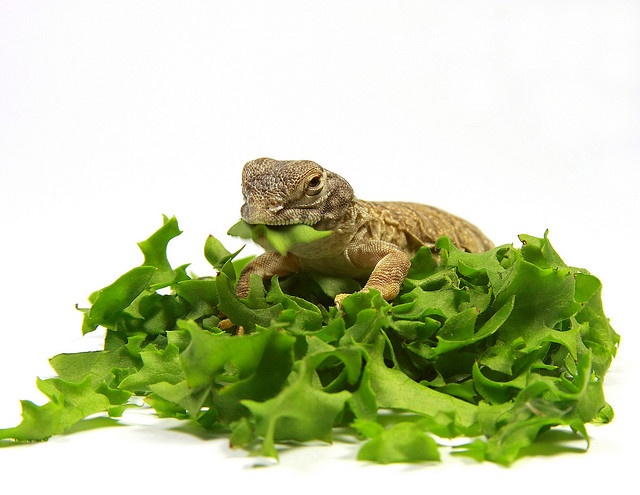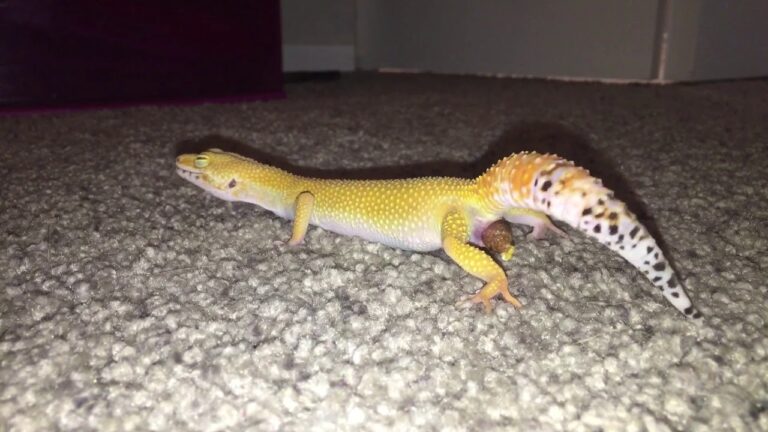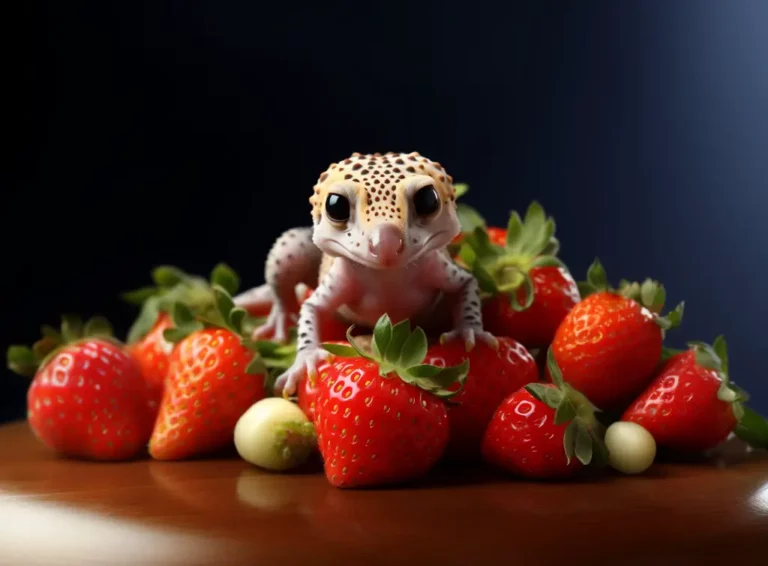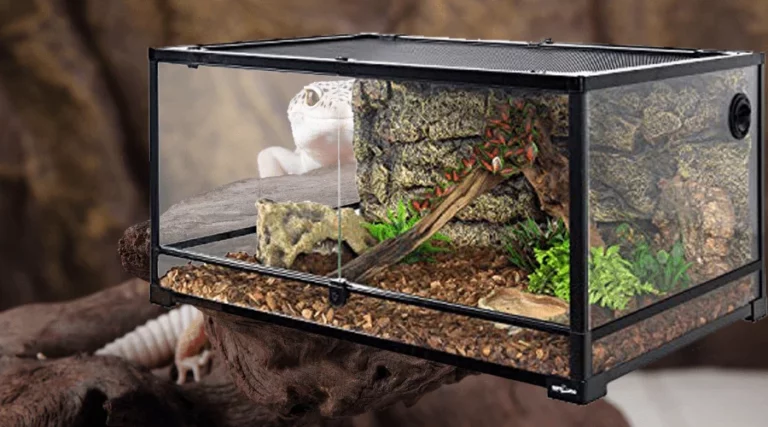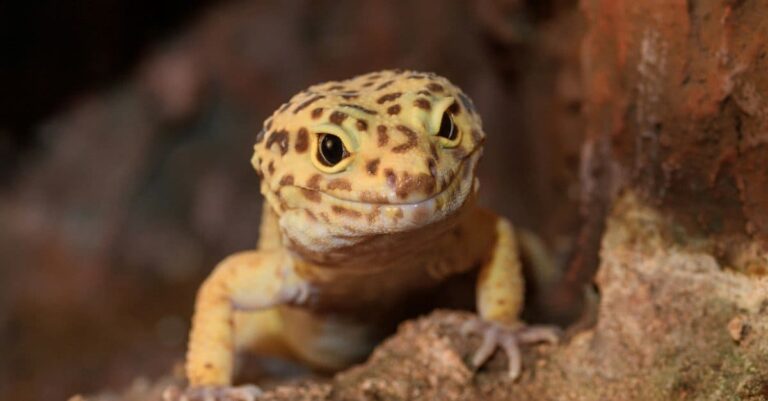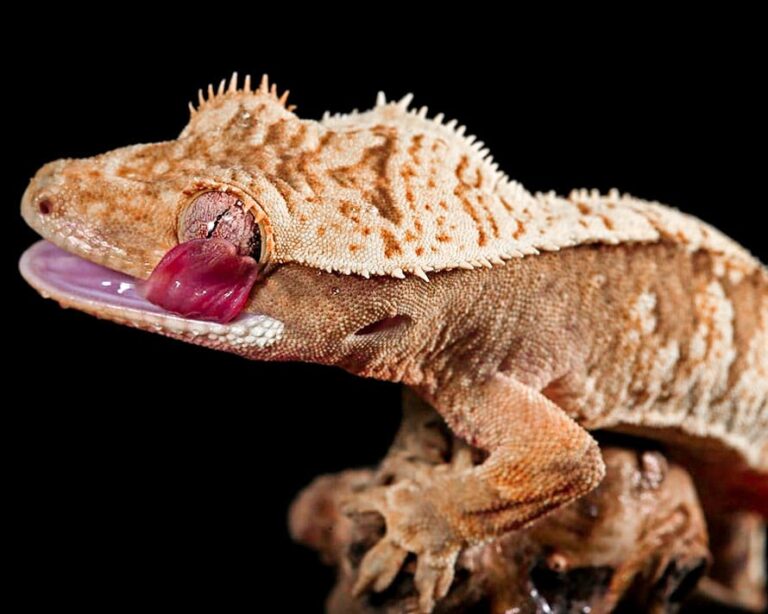Can Crested Geckos Live With Frogs? Exploring Harmony in Your Vivarium
As I gazed into the lush, emerald-green terrarium that housed my beloved crested gecko, Darwin, an intriguing question crossed my mind: Can crested geckos live peacefully alongside frogs?
The idea of creating a mini-ecosystem within my reptile haven intrigued me. After all, the world of terrarium keeping is a captivating blend of art and science, where the harmonious coexistence of different species can mimic nature’s intricate dance.
After extensive investigation, I discovered that,
No, crested geckos should not live with frogs. They have different needs, and it can be dangerous for both. Crested geckos might harm or even kill small frogs. Additionally, it’s challenging to meet both species’ requirements, and there’s a risk of disease transmission. It’s best to keep them in separate enclosures for their safety and well-being.
But before we dive in, let’s first uncover the unique characteristics of our two key players: the crested gecko and the frogs.
| Characteristic | Crested Geckos | Frogs |
| Appearance | Distinctive crests and patterns | Smooth, moist skin; varied colors |
| Habitat | Arboreal (tree-dwelling) | Amphibious (water and land) |
| Diet | Omnivorous (insects and fruit) | Carnivorous (insects, small prey) |
| Activity Pattern | Nocturnal (active at night) | Nocturnal or diurnal |
| Reproduction | Live birth (no eggs) | Eggs laid in water, tadpole stage |
| Metamorphosis | No metamorphosis | Complete metamorphosis (tadpole) |
| Vocalizations | Limited vocalizations | Varied and distinct calls (males) |
| Skin Texture | Scaled skin | Smooth, moist, permeable skin |
| Habitat Diversity | Arboreal and forest habitats | Various habitats, adaptable |
Challenges of Housing Crested Geckos and Frogs Together
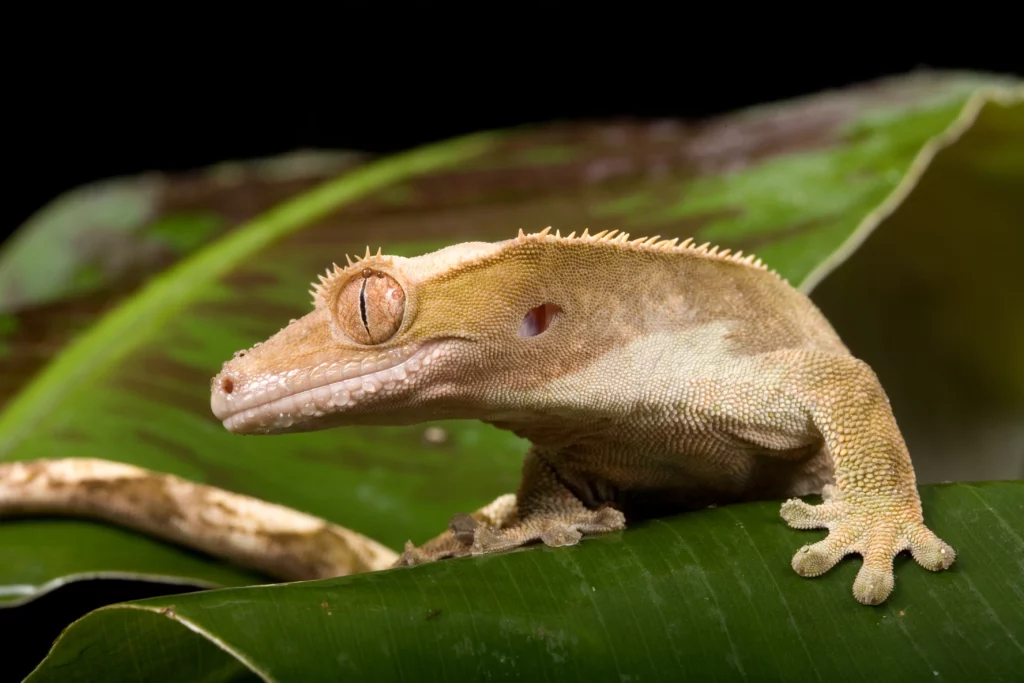
Humidity, temperature, habitat, diet, and enclosure space are critical factors to consider when housing crested geckos and frogs together, and they underscore the challenges of cohabitation between these two species.
Humidity:
First and foremost, both have stringent humidity requirements. Crested geckos thrive in a relative humidity range of 70 to 80%. Deviating from this span, either higher or lower, can result in severe health issues for these arboreal reptiles.
Conversely, while most frogs share a similar range of 60 to 80% with crested geckos, poison dart frogs demand levels exceeding 80%. Such elevated can be detrimental to crested geckos, rendering them incompatible roommates due to the divergent needs of their respective environments.
Temperature:
It is another crucial parameter, and here the differences are evident. Crested geckos prefer a temperature range of 72 to 75 degrees Fahrenheit, with temperatures above 80 degrees being potentially fatal. In contrast, frogs exhibit varying temperature requirements between day and night.
Frogs require nighttime temperatures between 75 and 85 °F and daytime temperatures between 65 and 75 °F. The narrow overlap in temperature preferences makes it challenging to create an environment suitable for both species and failing to maintain these conditions could result in harm or death to either one.
Habitat:
When considering habitat, crested geckos hail from the lush tropical rainforests of New Caledonia, favoring humid and arboreal settings. They flourish in well-maintained terrariums and aquariums.
However, frogs come in a diverse array of species with varying habitat preferences, making it difficult to generalize. Arboreal frogs, akin to tree frogs, may coexist more harmoniously with crested geckos, as they share similar humidity and foliage requirements.
Therefore, terrestrial frogs, such as toads or burrowing species, require a different habitat design, necessitating ample horizontal space rather than verticality. This difference in habitat needs can pose logistical challenges in shared housing arrangements.
Dietary:
Its disparities further complicate the prospect of housing crested geckos and frogs together. Crested geckos primarily consume a diet consisting of commercially prepared powdered food tailored to their nutritional requirements, supplemented with live insects like crickets and mealworms.
On the other hand, frogs possess diverse appetites encompassing a wide variety of insects, from mealworms and cockroaches to fruit flies and mosquito larvae. Some larger frog species may even indulge in frozen and defrosted pinky mice. Given these dietary discrepancies, satisfying the nutritional needs of both animals in a single enclosure becomes intricate and may lead to issues.
Enclosure:
Lastly, space is a vital consideration. A single crested gecko typically requires a tank slightly larger than 10 gallons in capacity. For frogs, the commonly accepted standard is a 10-gallon tank per frog. While these space requirements are similar, they don’t necessarily translate into compatibility, as the other factors mentioned above need to be addressed for the well-being of both species.
Risks Of Having Them Together
Territorial Behavior: Crested geckos are known to be territorial animals and can become stressed or aggressive when sharing their space with other creatures, including frogs. This territoriality can lead to conflicts, injuries, or even death for one or both animals.
Hygiene Concerns: Frogs can produce waste that may be harmful to crested geckos if not promptly cleaned. In addition, frogs often require a shallow water source, which can create a damp and unhygienic environment in the enclosure, potentially leading to health issues for the others.
Risk of Disease: Introducing two different categories into the same enclosure can increase the risk of disease transmission. If one animal is carrying a disease or parasites, it can easily spread to the other, leading to health problems for both.
Stress: Both are sensitive to stress. The presence of another species in their enclosure can stress them out, leading to reduced feeding, increased susceptibility to illness, and an overall decrease in well-being.
Escape and Cannibalism: In some cases, frogs might try to escape from the enclosure, which can pose a risk to the gecko if they encounter it outside.
Additionally, some species are known to be cannibalistic and may see the gecko as potential prey.
FAQs
Can Geckos And Toads Live Together?
This depends on the specific species and their habitat preferences. Some toads and geckos may cohabitate peacefully if they have different habitat needs, like pairing a terrestrial toad with an arboreal gecko to reduce conflicts.
Do Geckos Get Along With Frogs?
Compatibility varies. Some gecko-frog pairs can work, while others shouldn’t be housed together. Toxic frogs, like American toads and fire-belly frogs, are generally unsuitable. Tropical frogs can coexist with day geckos, and medium-sized, terrestrial frogs like tomato frogs may be compatible.
Can Crested Geckos Live With White Tree Frogs?
Yes, crested geckos can live with white tree frogs if their habitat requirements are met. Both need similar humidity levels (60-80%) and eat insects. Ensure a spacious enclosure with ample height and hiding places for both species.
Can Crested Geckos Live With Poison Dart Frogs?
No, crested geckos should not live with poison dart frogs. Their humidity requirements differ significantly, with poison dart frogs needing humidity over 80%, which can be harmful to crested geckos. Their other needs also differ, making cohabitation impractical and potentially dangerous.
What animals can be housed with crested geckos?
Crested geckos are generally best housed alone or with other crested geckos of similar size and temperament. They are territorial animals and may become stressed or aggressive when sharing their enclosure with other species. It’s recommended to avoid cohabitating crested geckos with other reptiles or amphibians, including Pacman frogs, to ensure the well-being of both animals.
Can a crested gecko live with a Pacman frog?
No, Pacman frogs have different habitat requirements, including specific temperature and humidity needs, which may not align well with those of crested geckos. Mixing species with different care requirements can lead to health problems and stress for both animals. It’s typically safer and more suitable to provide separate enclosures for crested geckos and Pacman frogs.
Final Words
In conclusion, after researching and considering the needs and behaviors of crested geckos and frogs, I’ve come to the conclusion that it’s generally not advisable to house them together.
Cause these two have different requirements and habits, which can lead to stress, aggression, and even harm. While there may be exceptions with specific frogs and careful planning, the safest approach for the well-being of both crested geckos and frogs is to provide separate enclosures tailored to their unique needs.

